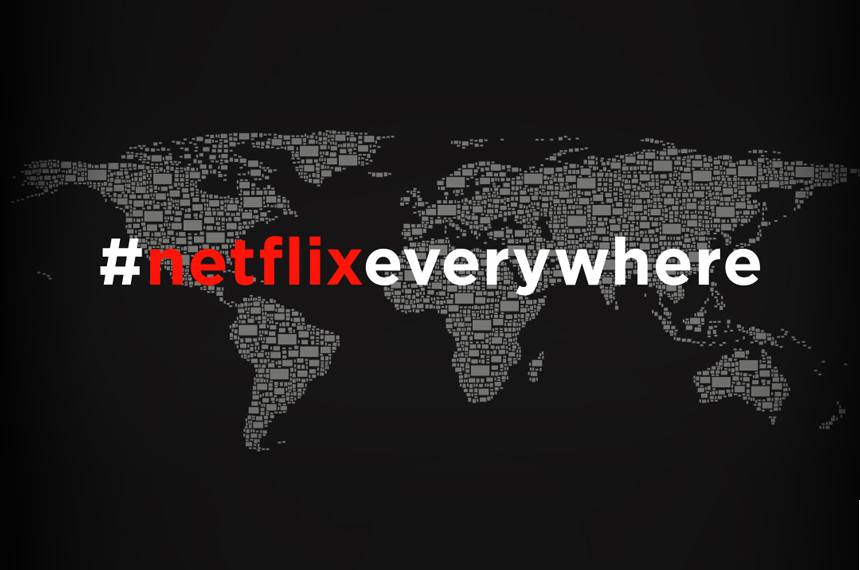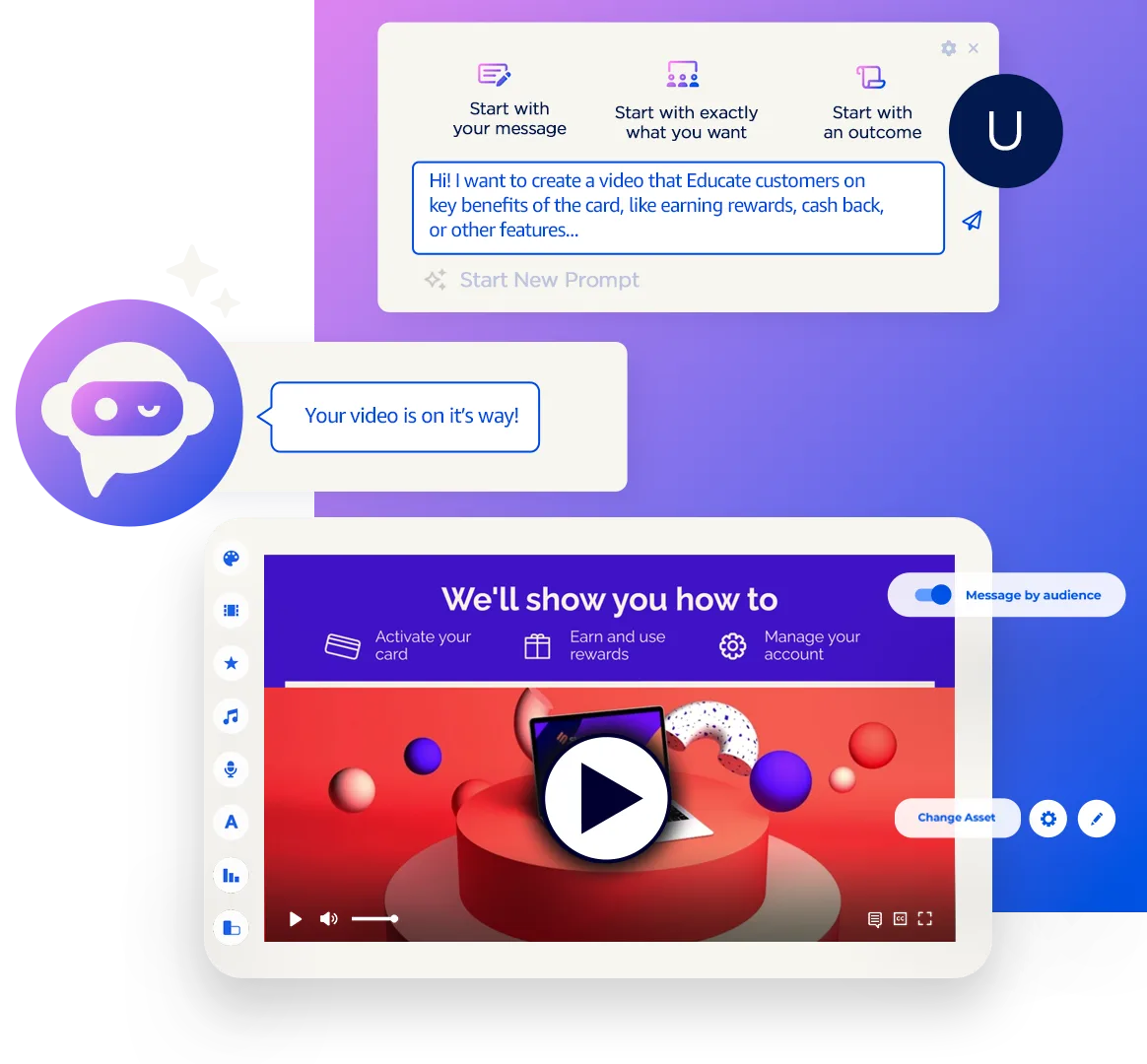Just came back from a whirlwind week in Las Vegas at CES 2016 and wanted to share some of my thoughts. Clearly CES is a geek heaven and you can find yourself wondering around for hours and find plenty of cool inventions to admire. While everyone in Vegas and practically all around the world is talking about autonomous cars, flying drones, wearables and smart sensors, I want to focus the attention to three announcements that could potentially transform the video world as we know it:
- Netflix – The company’s video streaming service is now live in 130 countries (up from 60 today) and is aiming to reach 200 countries by the end of 2016. This aggressive global expansion move is practically breaking all the walls of the old world content distribution paradigm. It’s the equivalent of the fall of the Berlin wall for video content rights. The world of content is now a global village and viewers all over the world will no longer need to wait for their local content providers to get rights to watch the latest content legally. More power to the end users. Cut the middleman. The revolution is over.
- Oculus – There is so much buzz around the Facebook-owned virtual reality headset, that every small detail leaking out makes things even more exciting. The latest update is the price point (less than $600) and expected mass market delivery date (before the end of this March). After all the hype it seems that this much anticipated VR revolution is already knocking at the door. The first use cases are obviously around gaming but in parallel we’re starting to see 360-degree content appearing everywhere (360 is now supported both on YouTube and on Facebook). Assuming prices will go down over time (although $600 is not too high in my opinion for the premium, much-anticipated-probably-overhyped first version) this can quickly become a mass market new viewing experience medium. As such, it will require more and more great content in order to not fall in the same pitfalls as 3D screens.
- 8K Screens – A few years ago, I was building our five-year roadmap plan and I included that SundaySky would support 1080p in 2011, 3D in 2013 and deliver 4K by 2015. Back then, 99% of people didn’t know what 4K was. Five years later, here we are seeing 4K finally starting to happen. Not in mass scale just yet, but if you’ve ever seen one of these screens, the quality is amazing. TV manufacturers now realize that the Avatar wave and the promise that 3D had when it came out, but did not keep the promise. So while 3D TV is quietly ushered out the back door of CES, the show has a new promise revealed in the form of 8K — the current highest ultra high definition television resolution. The king is dead, long live the king.
I started with the Netflix revolution and closed with the death of the king. That’s a quick recap of history through the eyes of someone standing next to a slot machine in Las Vegas. Until we meet again next year, CES.







